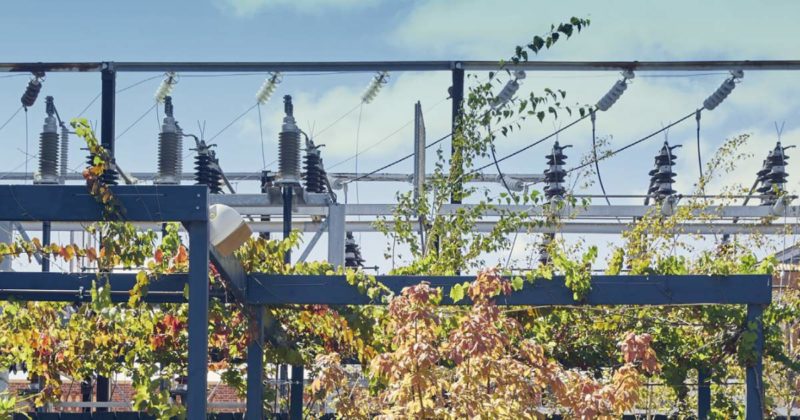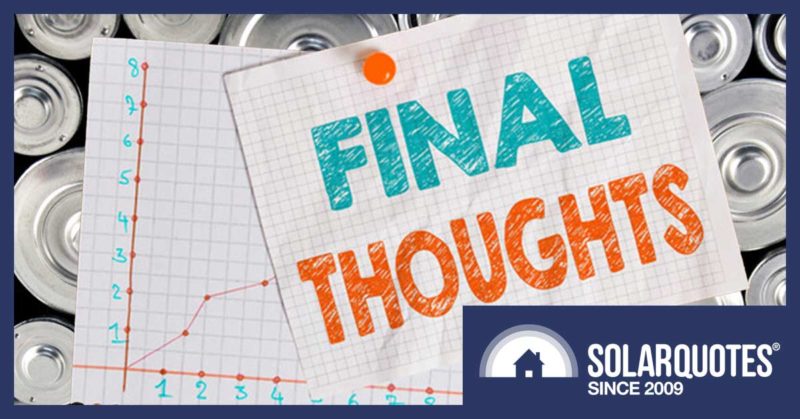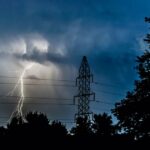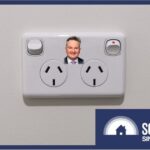More Power Price Pain Ahead For Many Australians


Draft determinations for default electricity offer pricing for 2025/26 have been announced for South East Queensland, New South Wales, South Australia and Victoria for 2025/26. Here’s what’s on the cards.
The Australian Energy Regulator (AER) yesterday announced its draft determination for the Default Market Offer (DMO) covering NSW, SEQ and SA customers. Victoria’s Essential Services Commission (ESC) also released its draft decision on the 2025-26 Victorian Default Offer (VDO).
But first, just briefly …
What Are Default Electricity Offers?
Default/standing offers are meant to act as safety nets of sorts for customers who don’t choose a market plan for whatever reason. While default offers only directly affect a minority of electricity customers1 as most choose a market offer, they have broader importance as they set the stage for market offer pricing. If default offer costs go up, it’s likely other plans will too.
Changes In A Nutshell
So, with that in mind, here’s a summary of the cost impacts of proposed changes to default offer pricing for the 2025/26 financial year.
Residential (without controlled load)
- South East Queensland: + 5.8%
- New South Wales: +7.8% – +8.8%
- South Australia: +5.1%
- Victoria: Average of less than +1%
Note: “controlled load” is explained here (second subheading), but essentially these are special electricity tariffs (that may go by another name) for appliances that are separately metered; such as some electric hot water systems.
Residential (with controlled load)
- South East Queensland: + 2.5%
- New South Wales: +8.2% – +8.9%
- South Australia: +4.4%
- Victoria: Not specified
Small Business
- South East Queensland: +4.2%
- New South Wales: +7.7% – 8.2%
- South Australia: +6.6%
- Victoria: Average of +3%
Reasons Given For The Rises
While rises in SEQ, NSW and SA aren’t as high as in some recent years, any increase just adds to already considerable cost of living pain. The AER says it’s seen upward cost pressures across nearly every component of the DMO. The Regulator points to average wholesale market spot prices increasing across 2024 due to issues including high demand, coal generator and network outages, and “low” solar and wind output (?)2 driving high price events. This has also affected the price of wholesale electricity contracts for 2025–26. Electricity retailer costs have also increased.
Commenting on the draft AER decision, the Institute For Energy Economics And Financial Analysis (IEEFA) Australia’s Lead Electricity Analyst Johanna Bowyer highlighted the role of gas prices.
“A key driver of wholesale price rises over the past decade is gas prices. Gas prices have come down from record levels seen a few years ago, but still remain elevated compared to historical levels.”
In Victoria, the Essential Services Commission says higher electricity network costs for residential were partially offset by lower wholesale and environmental costs. While for business, higher wholesale and network costs were partially offset by lower environmental costs.
Both the ESC and AER’s decisions are not yet final. Consultation on the ESC’s draft decision runs until 11 April 2025, with the Commission’s final decision due by 24 May 2025. The AER is inviting written submissions by close of business 3 April 2025, with the final decision to be published on 26 May 2025.
What About Default Offers In Other States?
In Tasmania, that job falls to the Tasmanian Economic Regulator, which tends to leave it until late June to announce changes. Across in Western Australia, regulated electricity prices are determined by the State Government annually as part of the State Budget process.
In the Northern Territory, The NT Government determines all power tariffs and charges – and usually leaves it until the last minute to announce changes for the new financial year. And in the ACT, the Independent Competition and Regulatory Commission (ICRC) sets standing offers for the new financial year. Last year that occurred in late May.
For Even More Expensive Electricity, Just Add Nuclear
So, is nuclear energy the answer to taming electricity prices in Australia? Over to the IEEFA’s Johanna Bowyer again.
“Nuclear is one of the most expensive electricity solutions. If nuclear power was introduced into the grid, we have calculated this could lead to energy bill rises of $665 per year for a typical household, or $972 for a 4-person household, in a situation in which nuclear reactors recover their costs through bills.”
IEEFA’s report on the potential impact of nuclear power on electricity prices in Australia was published in September last year and can be found here.
Ms. Bowyer says more renewable energy entering the system would drive further wholesale price reductions, and there are opportunities for bringing network costs down too.
“Network businesses are achieving supernormal profits, and tightening up the regulations could reduce bills by around $120 per year.”
Shop Around, Go Solar, Boost Energy Efficiency
As standing offers are safety nets, they don’t offer the cheapest prices – and even market offers can vary wildly. It pays to regularly compare electricity plans to avoid falling victim to a “loyalty tax”. And for those who are able to do so and haven’t already, they can join the millions of Australians living in households with low electricity bills thanks to their rooftop solar power systems.
Even without solar panels, households can save a bundle by taking a closer look at the energy efficiency of their homes. For solar owners, having an energy-efficient home is also important, as their mains grid consumption is usually in the evenings and early mornings when their systems aren’t producing – and this is where home batteries can also come into play.
Footnotes
- Around 8.1% of residential and 17.8% of small business customers in SEQ, NSW and SA (collectively) are on standing offers. In Victoria, 13 per cent of households and 20 per cent of small business customers are on that state’s Default Offer.
- From what I can tell after a quick look at OpenElectricity, wind and solar power’s contribution to mains grid demand in SA, NSW and Queensland were collectively *up* in 2024 compared to 2023. While wind power’s contribution to demand in SA was down last year, it more than offset by solar energy contributions. But when it comes to wholesale prices, timing is everything.
Original Source: https://www.solarquotes.com.au/blog/electricity-standing-offers-mb3137/



















